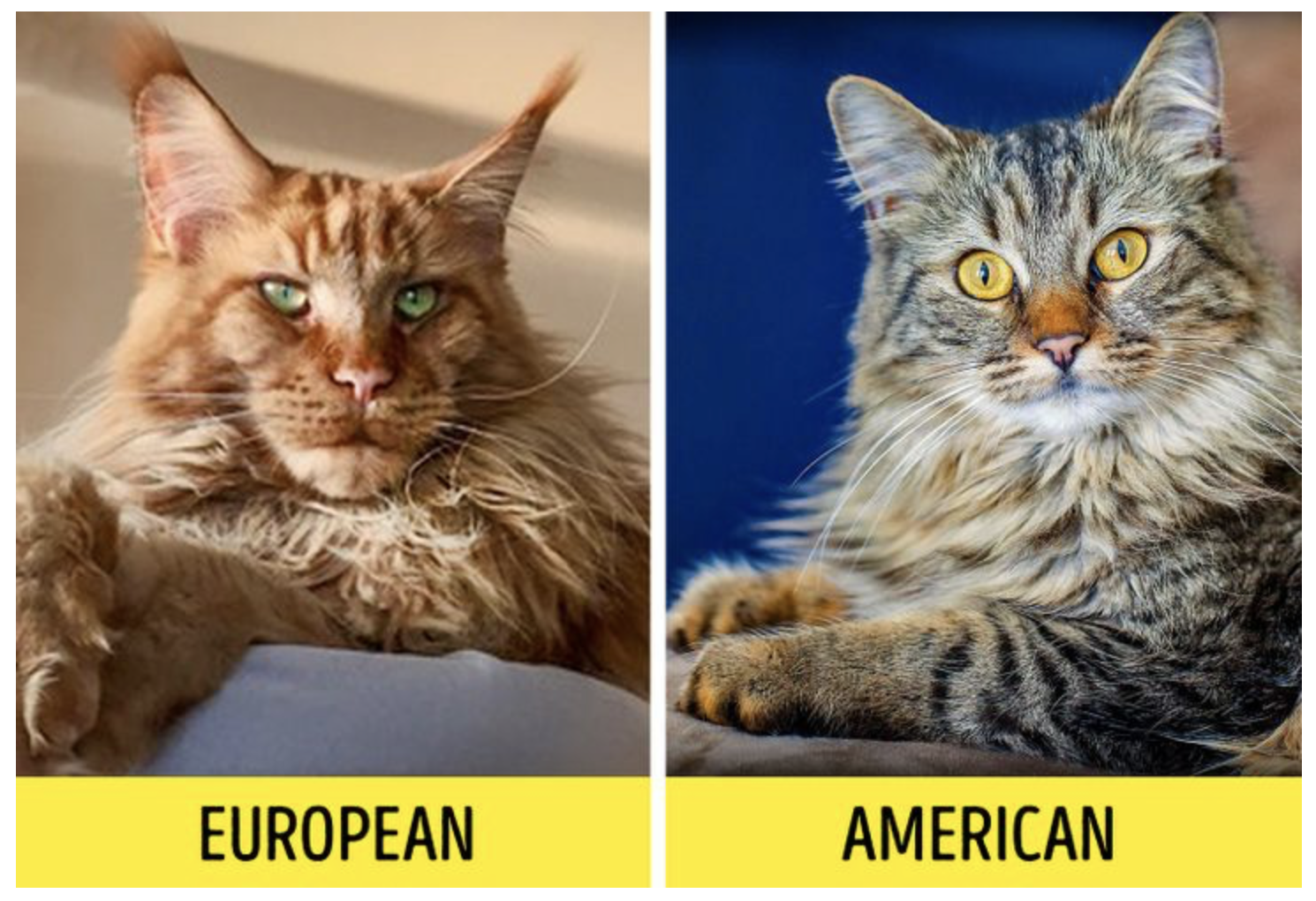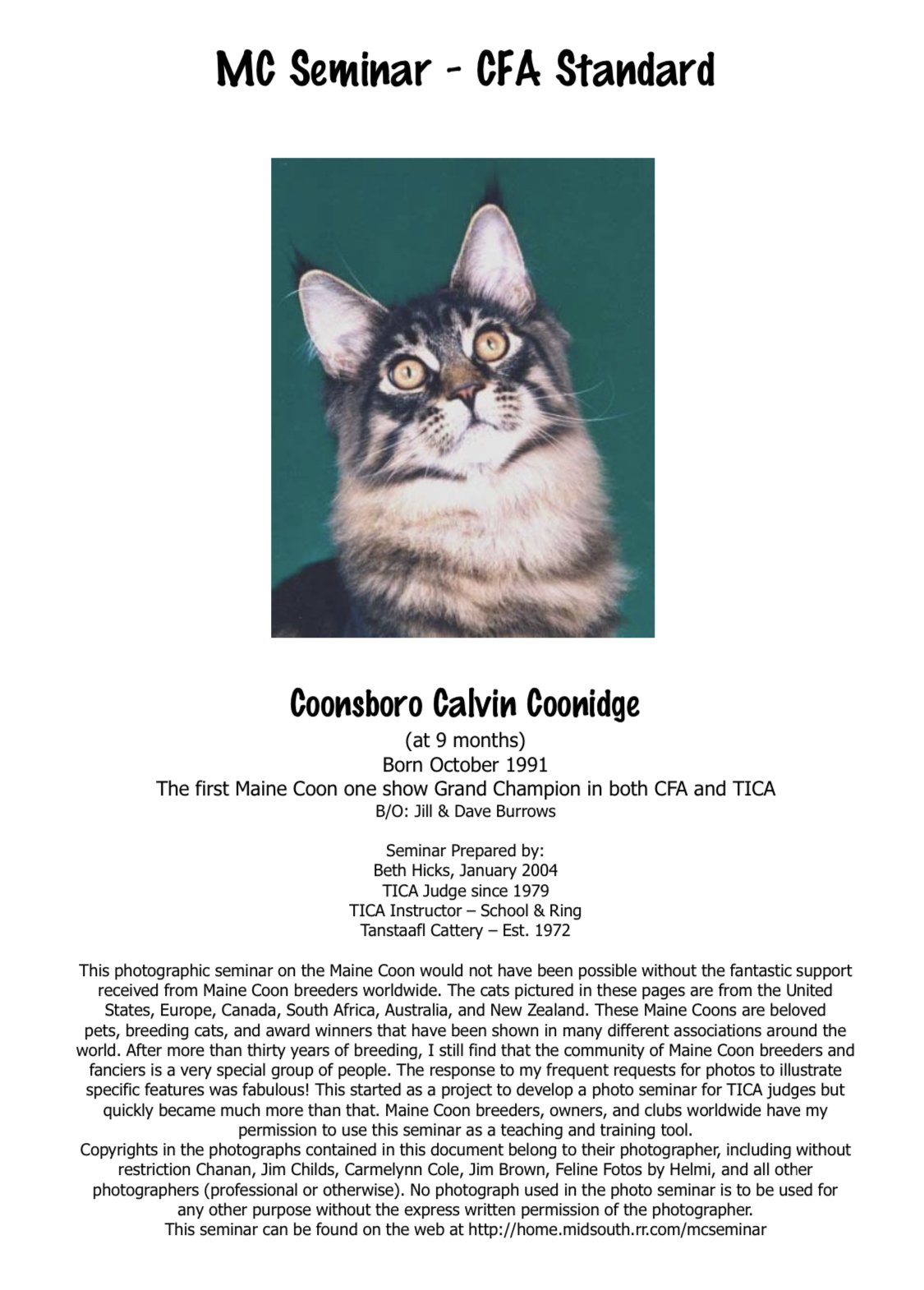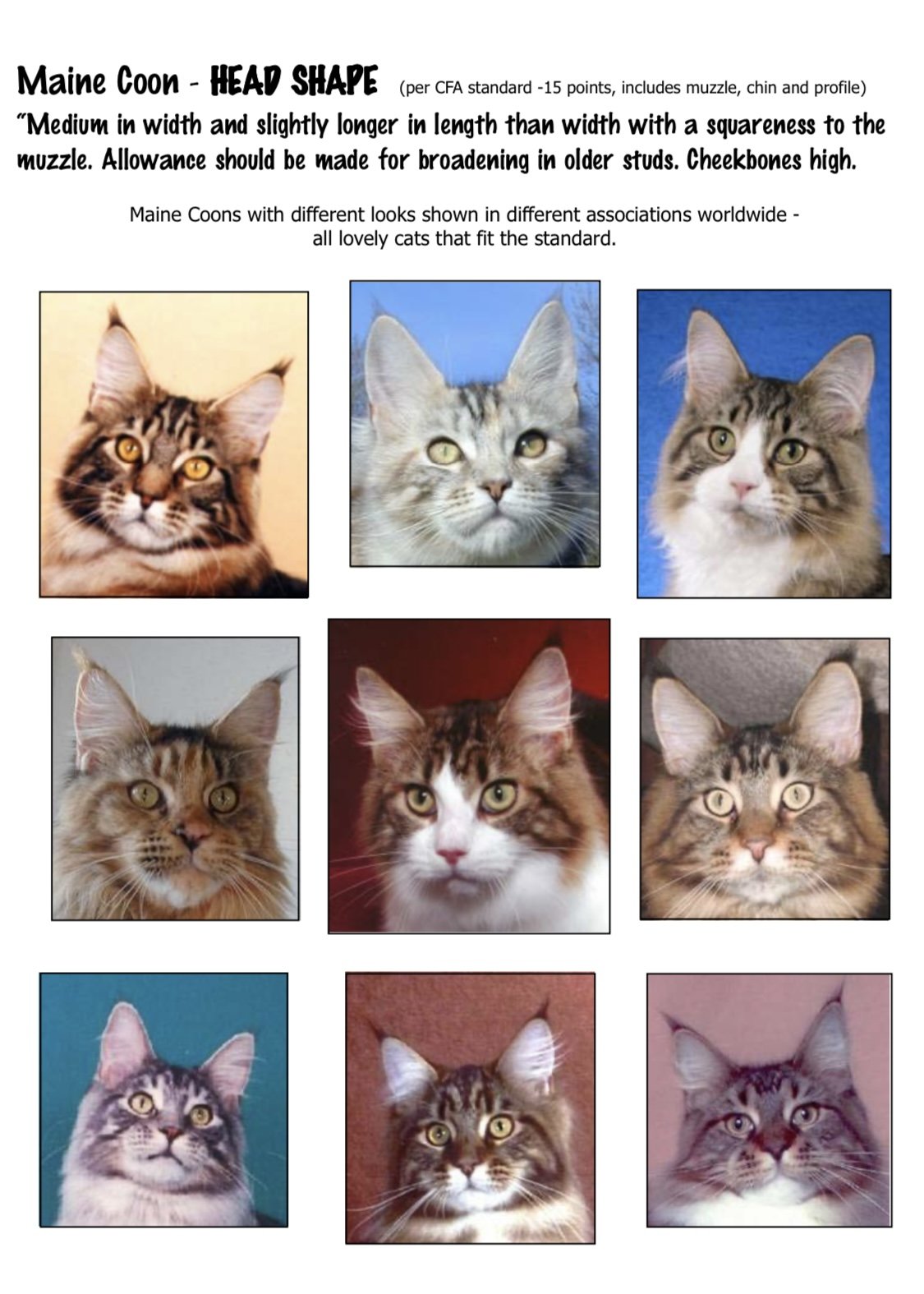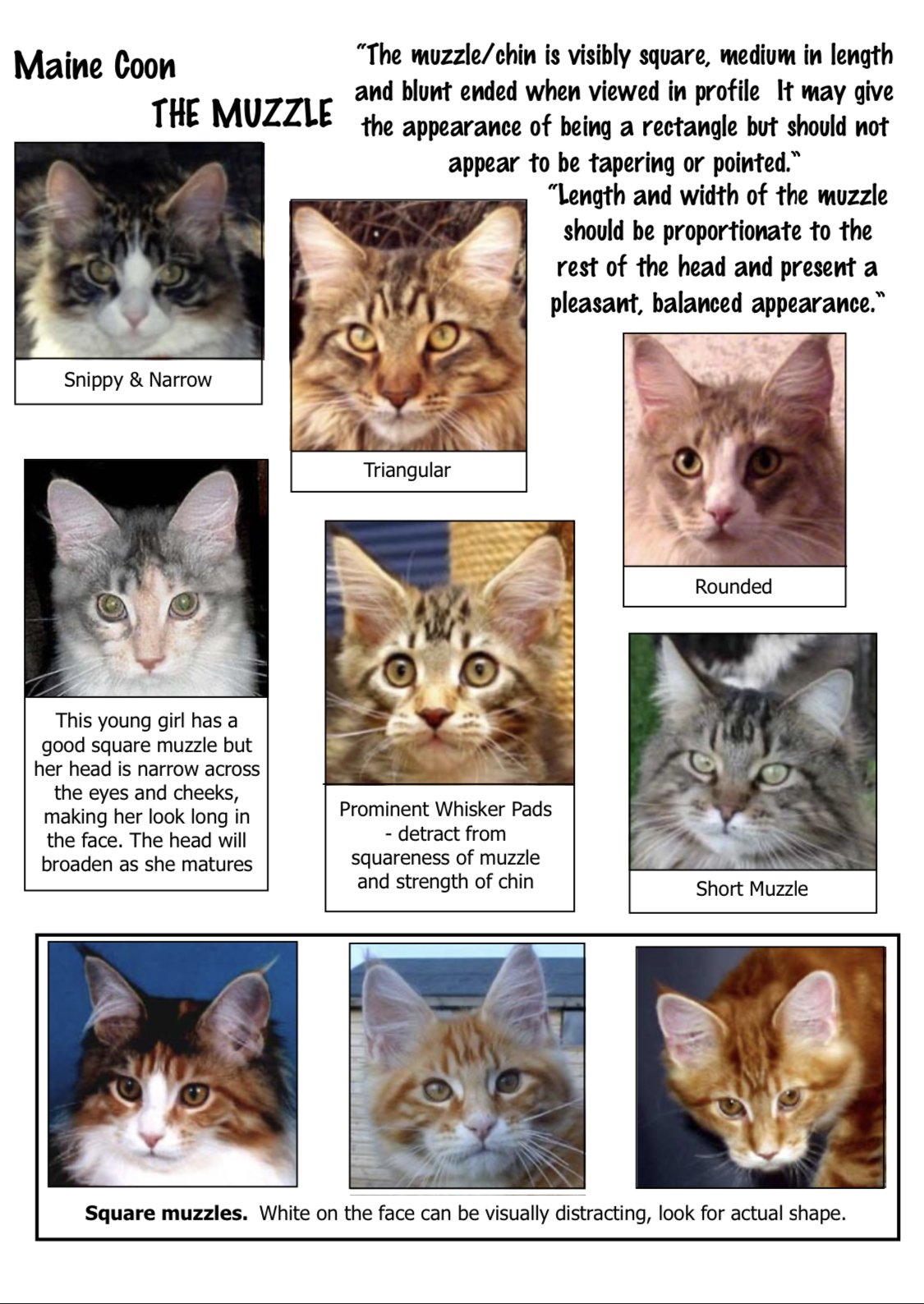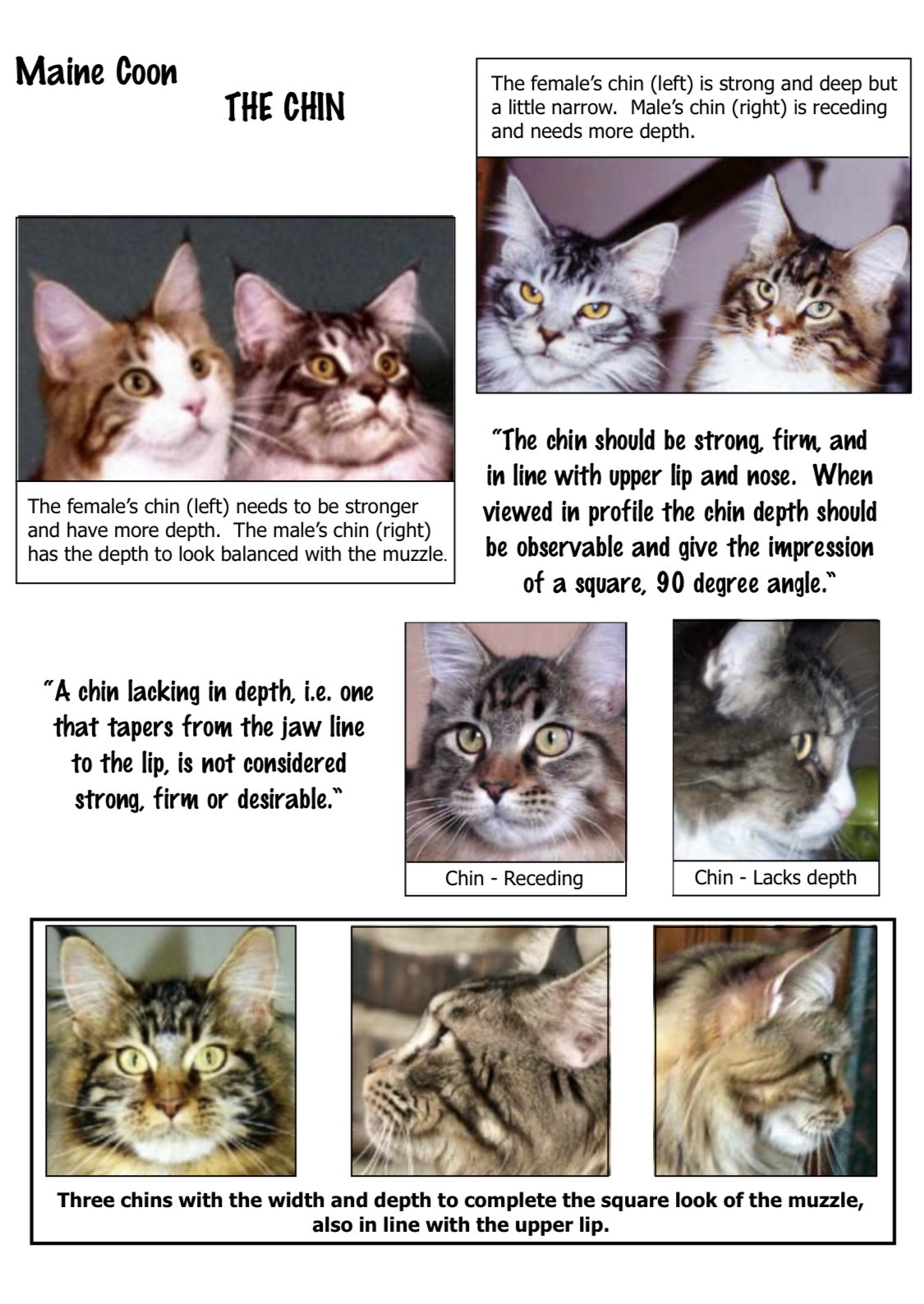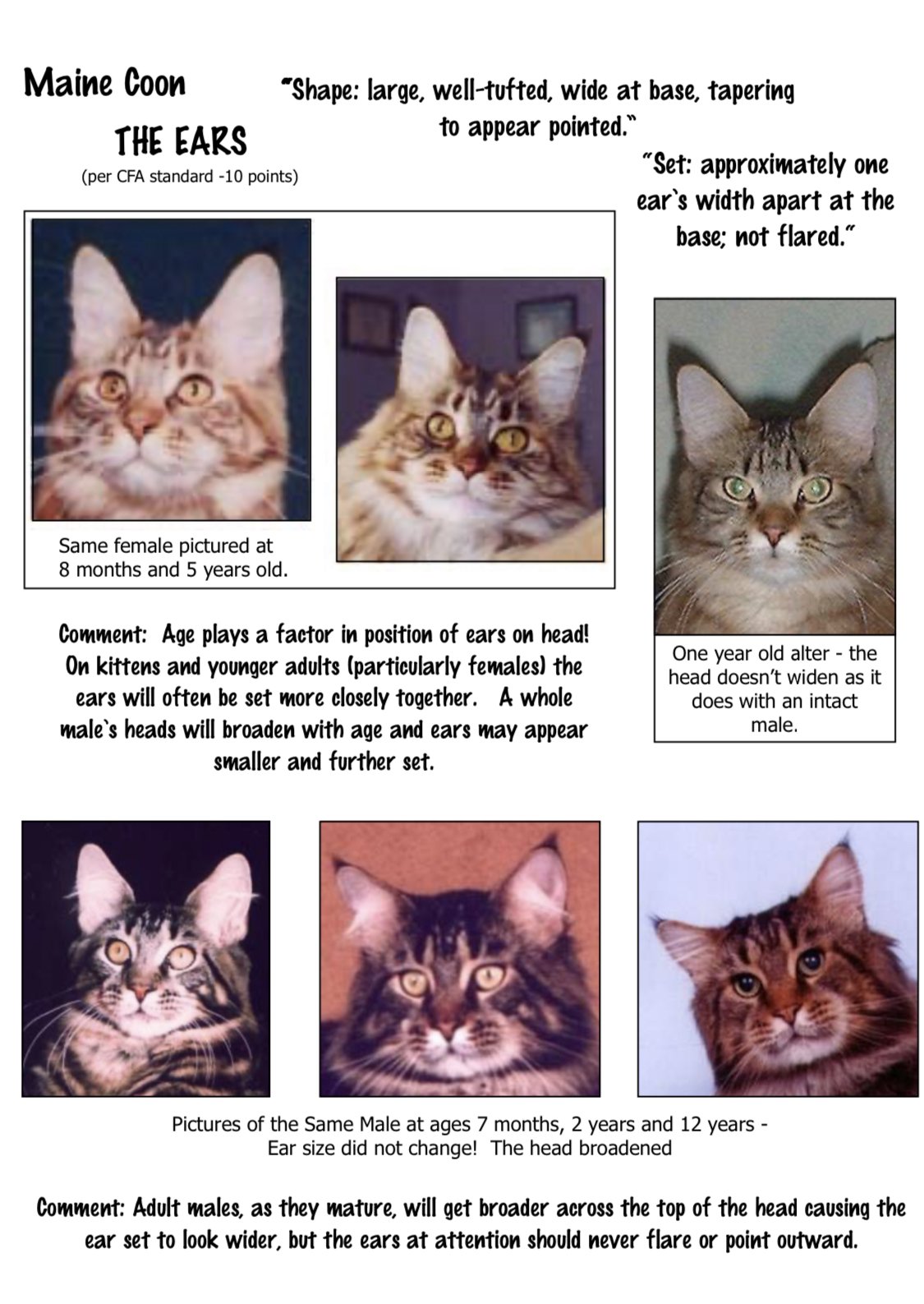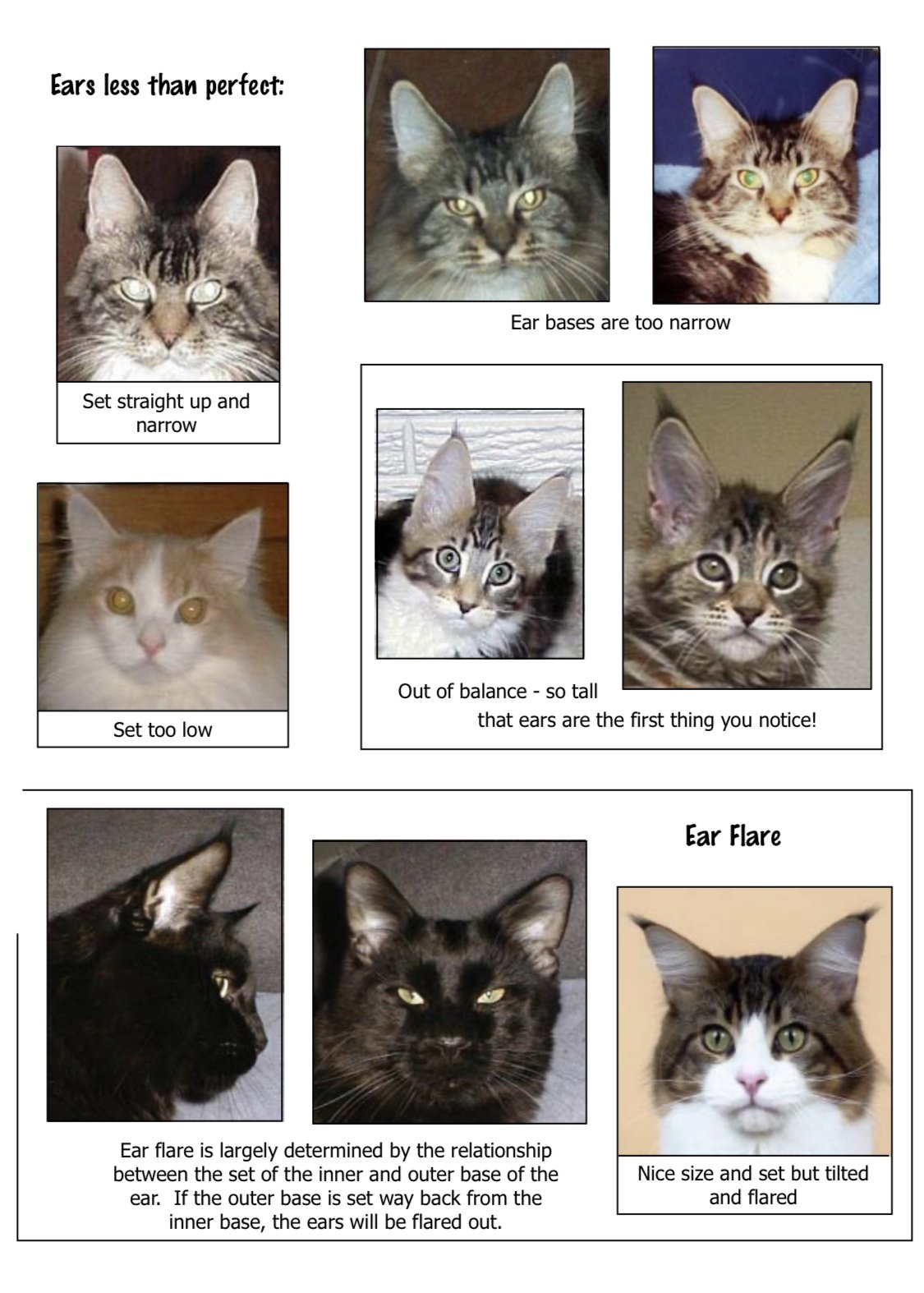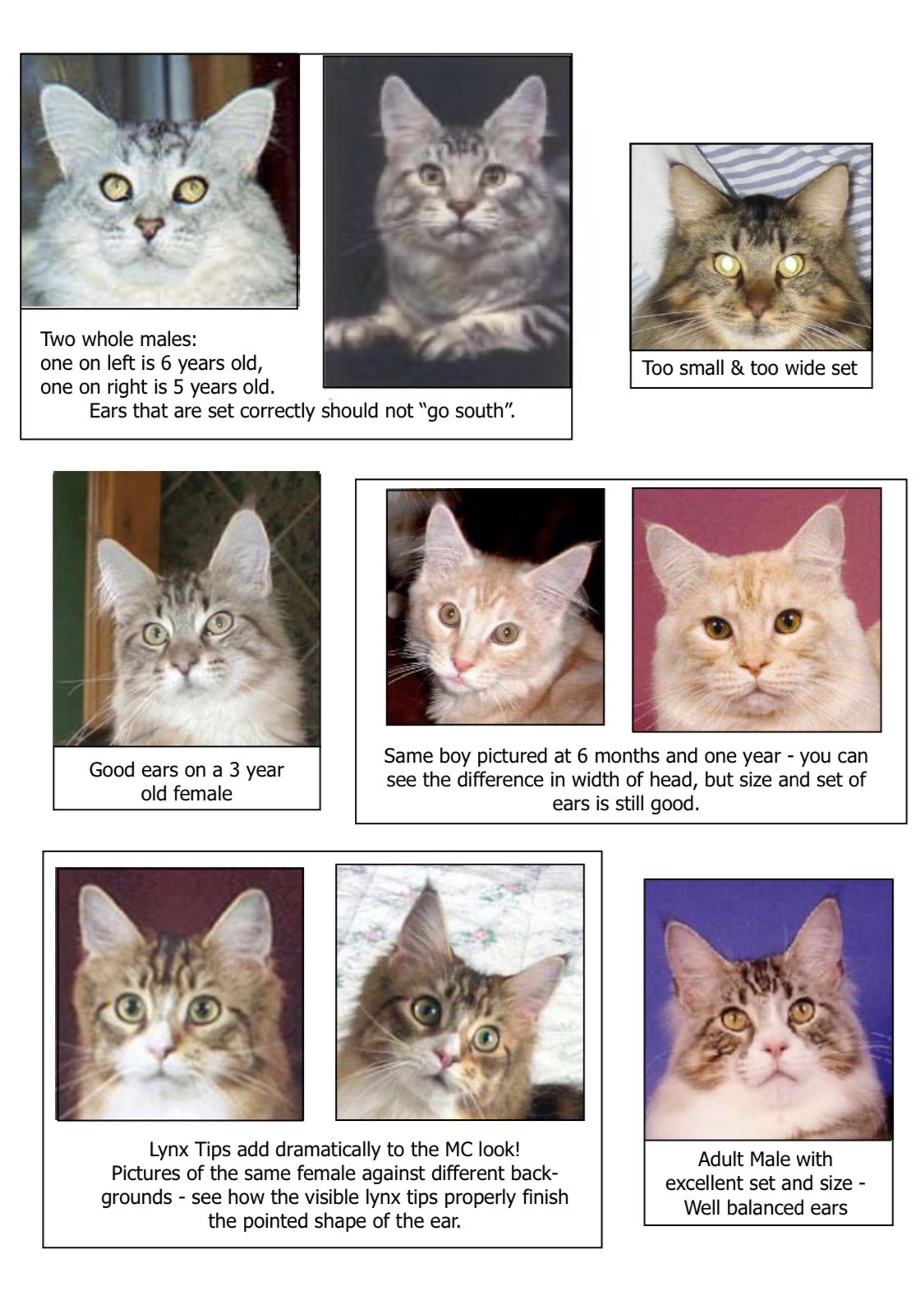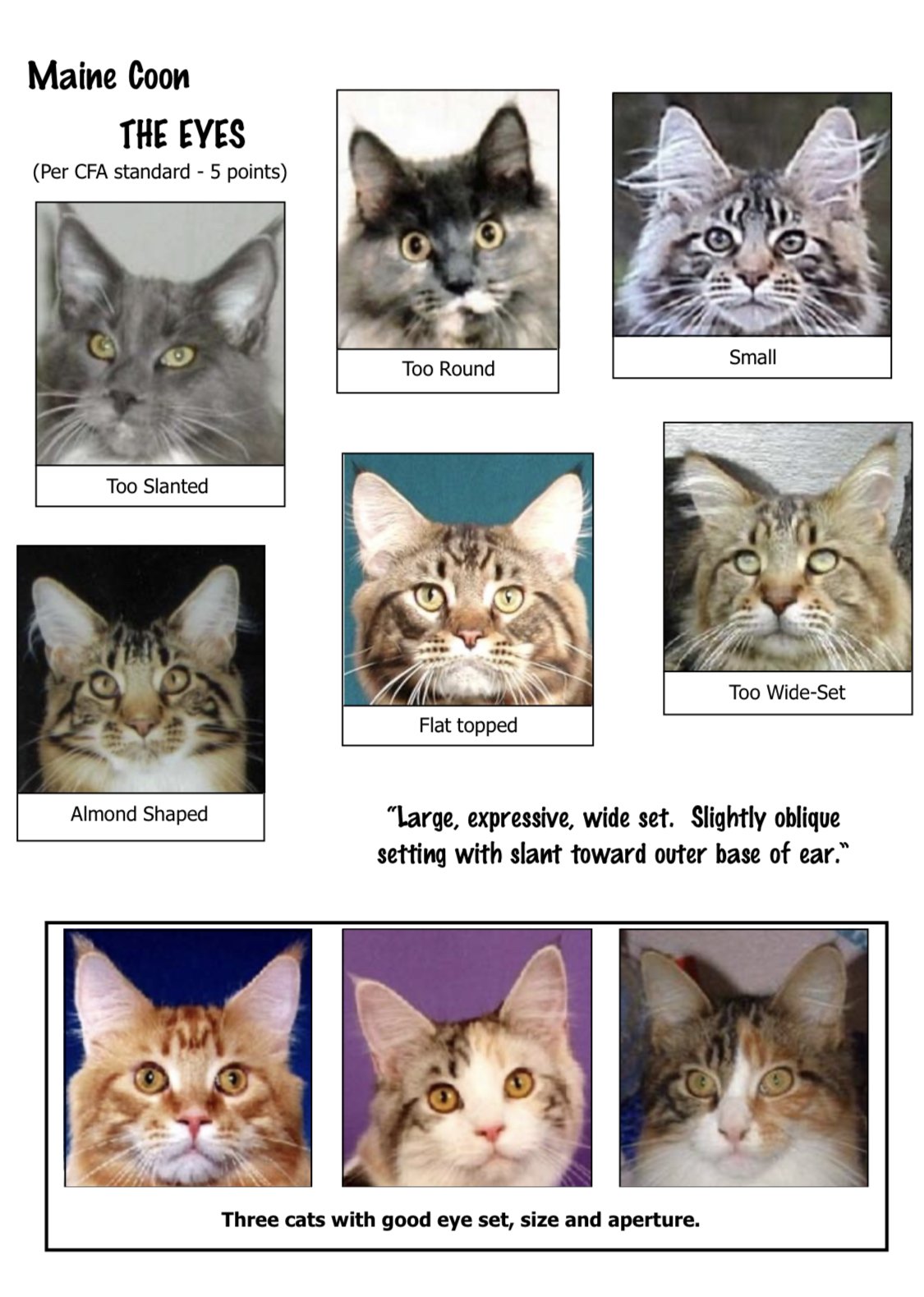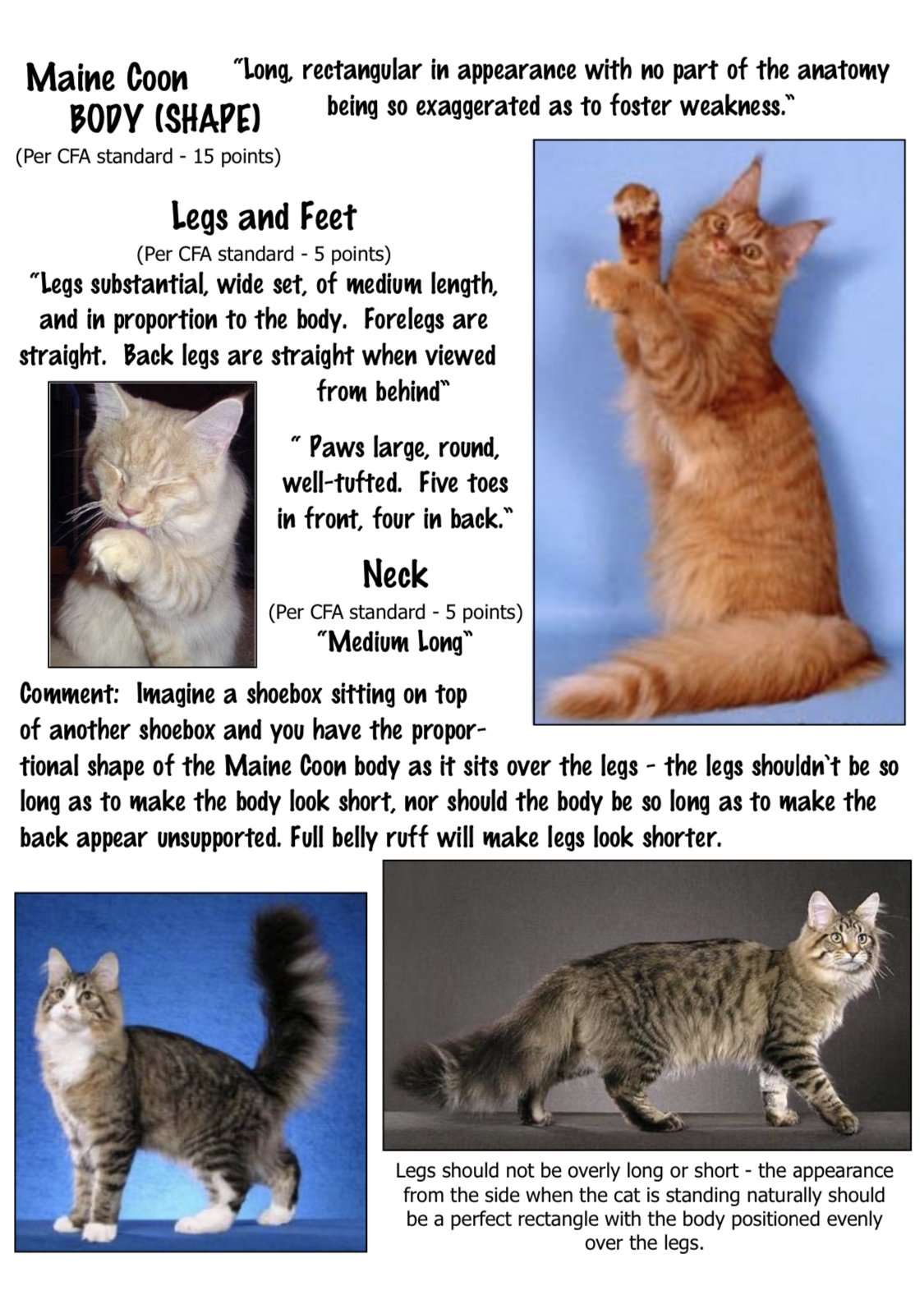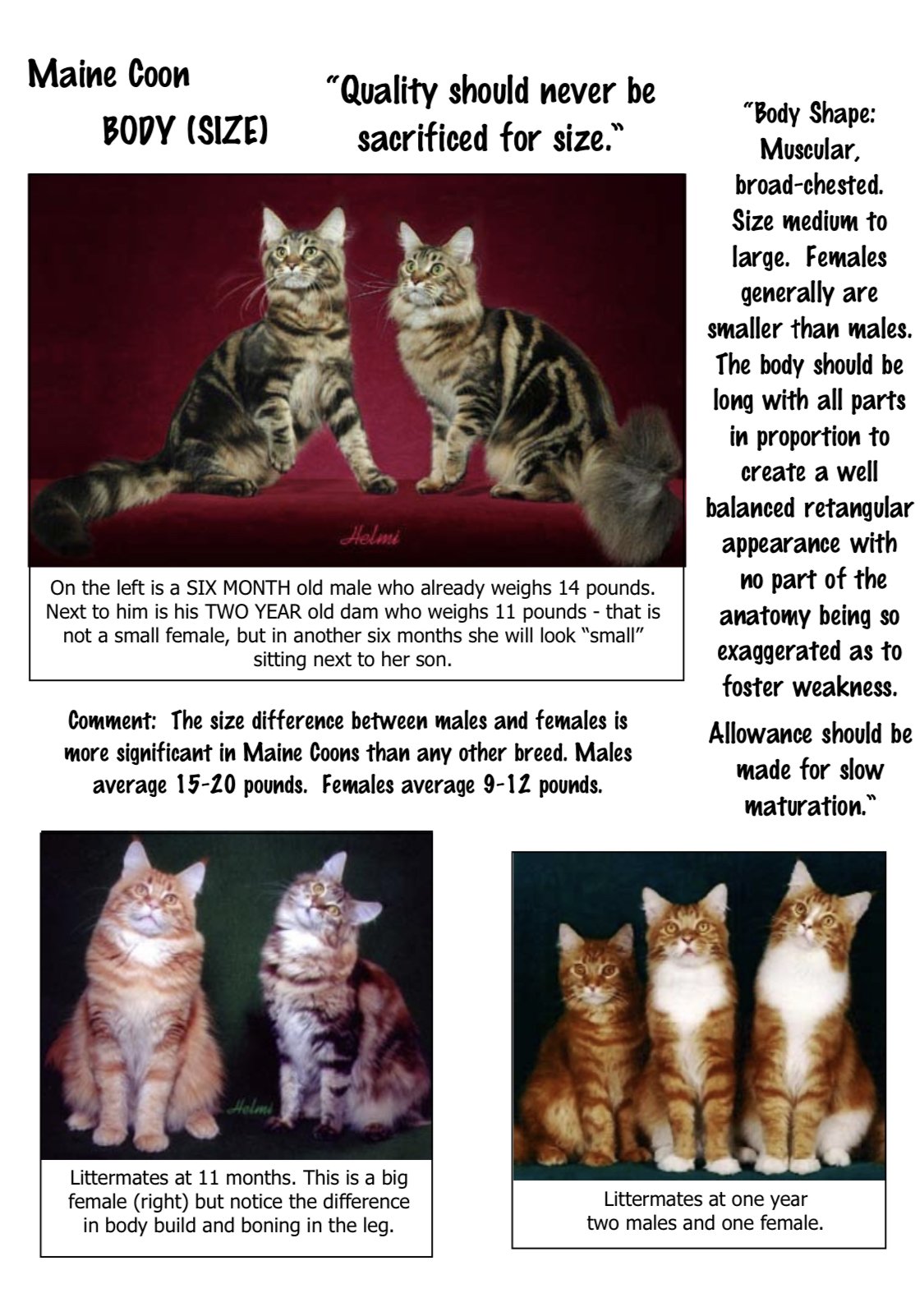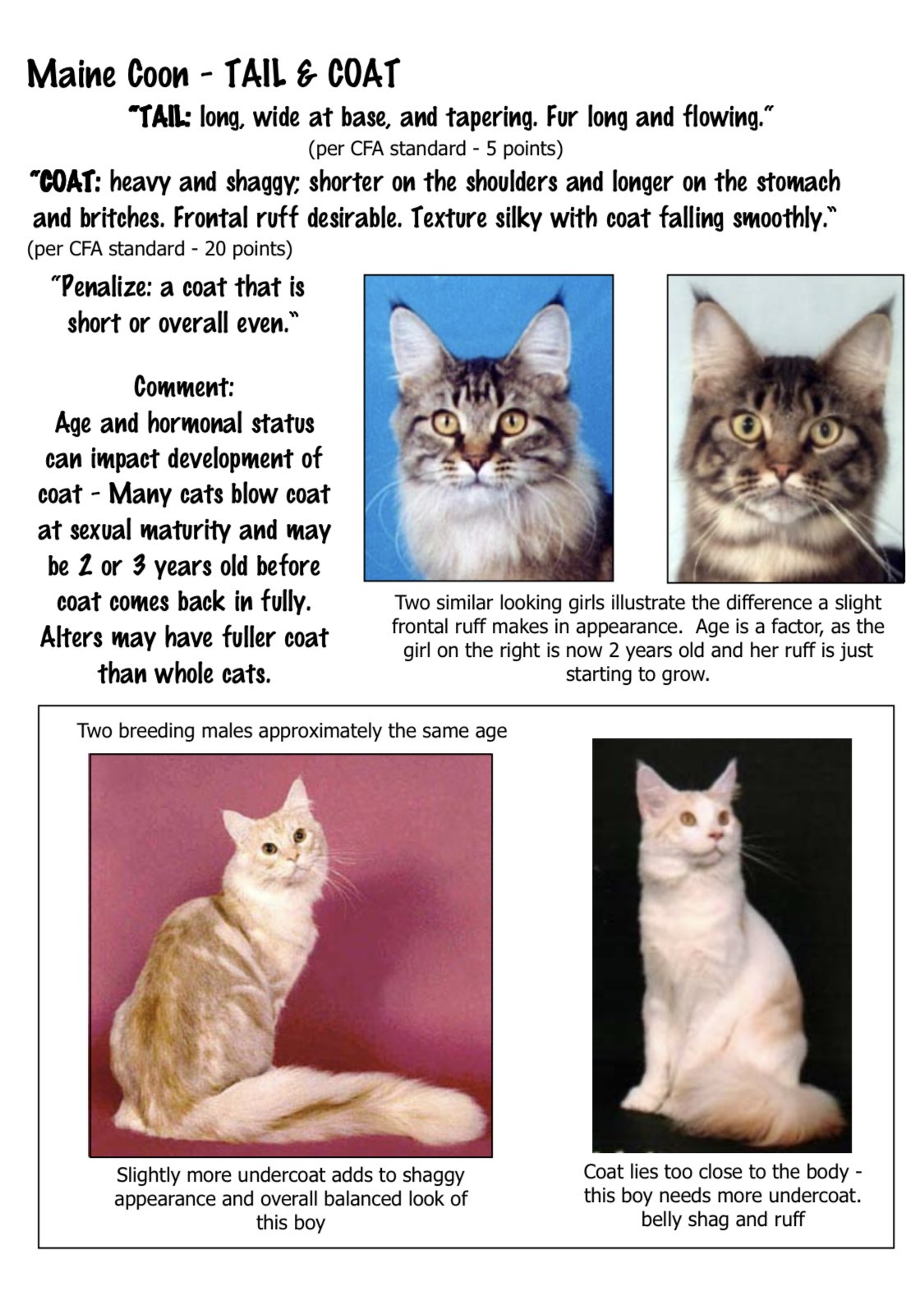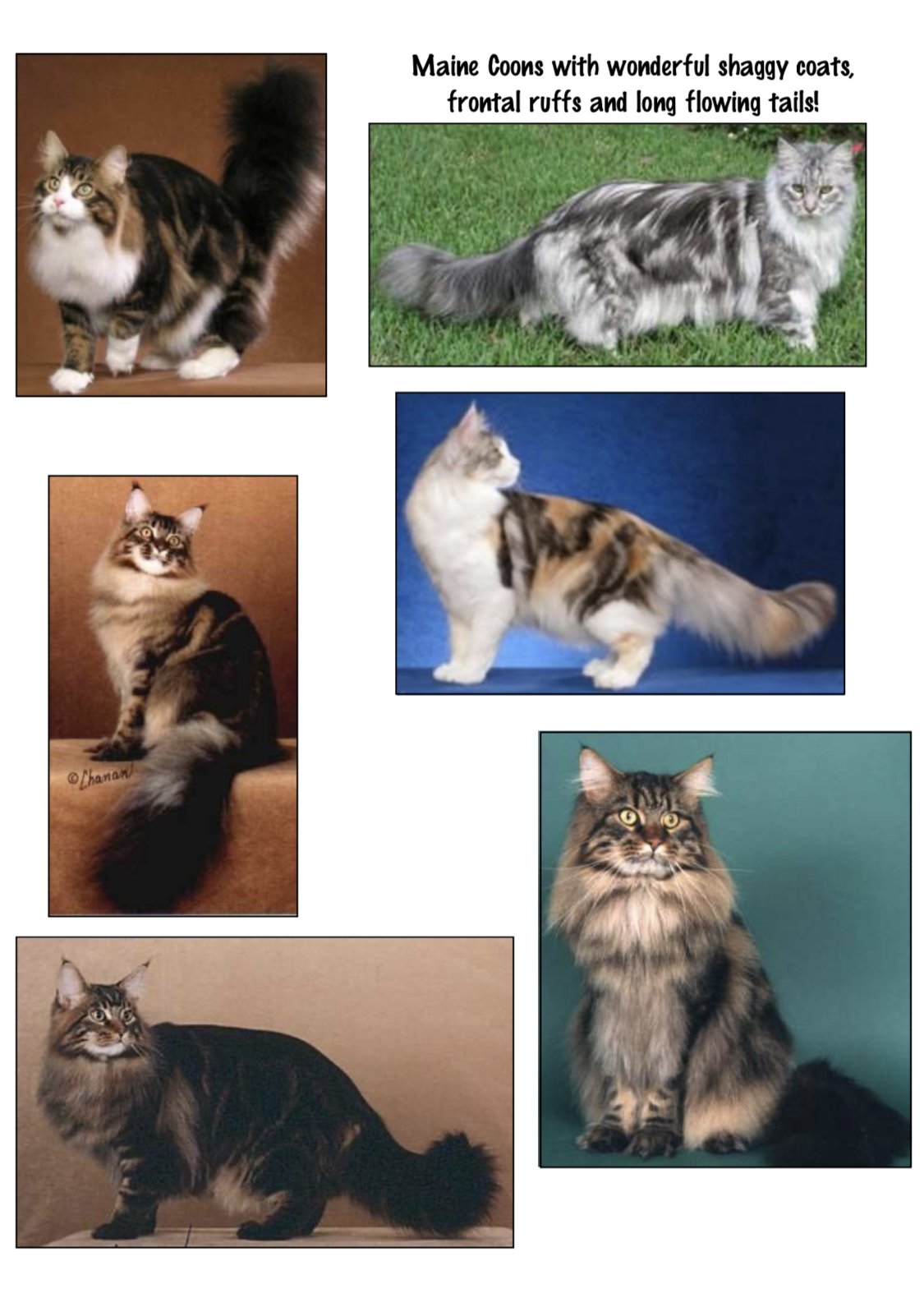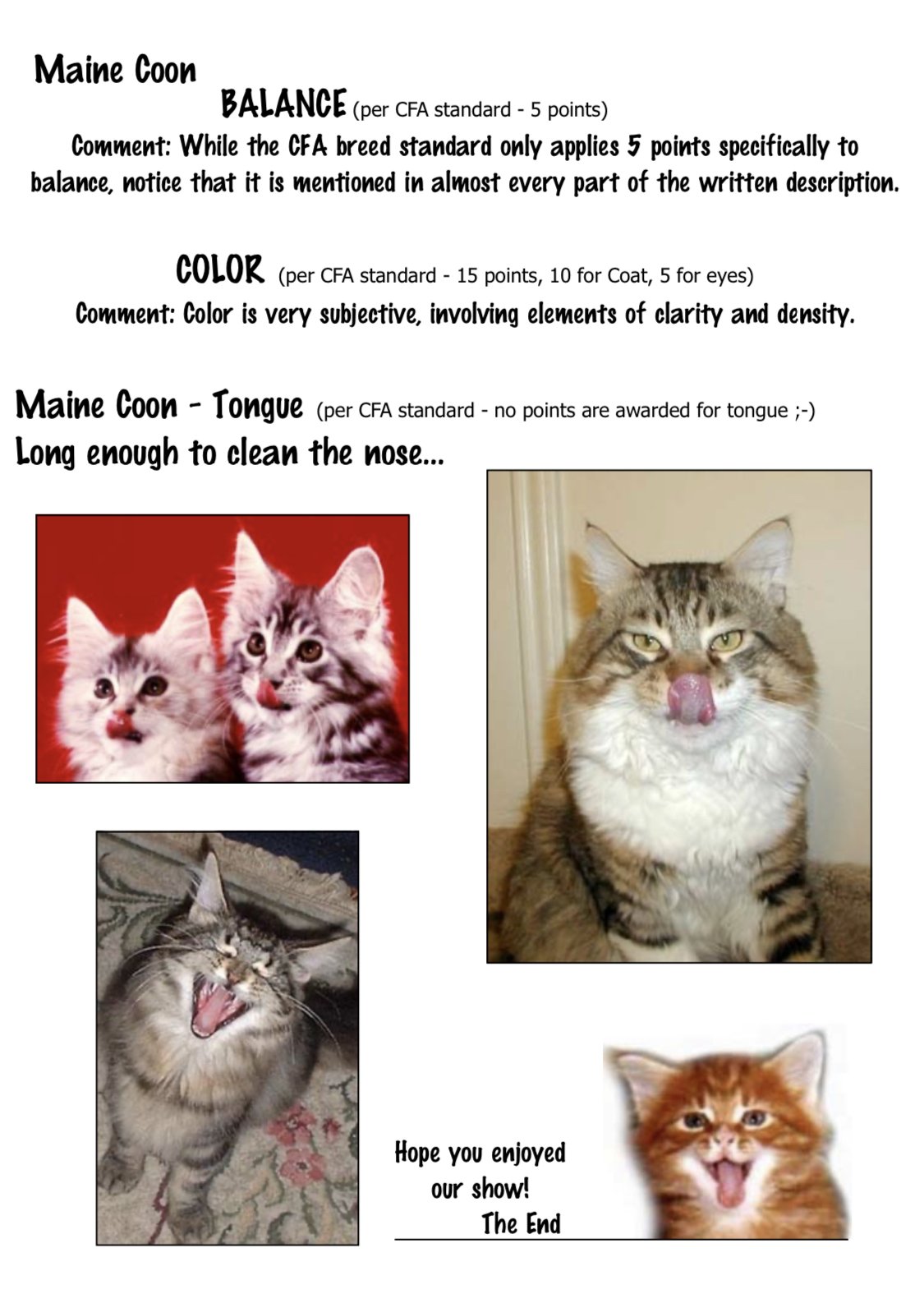What is the difference between “American” and “European” Maine Coons?
Time and time again I’ve heard this question asked and I’ve seen it responded to in various ways. To get the answer right, I think it’s important that we look to the origin and evolution of the breed.
American vs European Maine Coon: Is There a Difference?
Maine Coons are a naturally occurring breed of cat, originating in the harsh climates of North East America, and first finding their way into recorded literature in the mid-19th century.
According to the written standard, the Maine Coon has a sturdy, rugged appearance with an overall well balanced look.
Emphasis: Well balanced.
In the exhibition hall, the phrase “well balanced” means that extreme features are considered a fault, and a Maine Coon with extreme features is not ideal to breed with.
Exaggerated features sometimes seen in the Maine Coon cat:
Alligator muzzle - Overly pronounced whisker box
Bunny ears - Too tall and/or too close together
Deep set eyes - Risk of Entropion
Undershot chin - Often times the result of an underbite
Giant size - Greater risk of orthopedic issues
To put it plainly, if any one character trait jumps out at you at first glance, it’s unlikely to be well balanced, nor a good representation of the Maine Coon breed. And, contrary to popular belief, this also means the American native, longhaired cat should not appear as just an ordinary, domestic house cat or mixed breed as shown in the misleading image below. Unfortunately, despite this photo’s popularity, neither cat pictured accurately depicts a well balanced Maine Coon.
Image originally shared via Bright Side. Pictured on the left is a Pedigree Maine Coon with exaggerated facial features (© TiViMa / pikabu). On the right is an adopted cat that appears to be a Domestic Longhair mix (© Jan (Arny) Messersmith / Wikipedia).
With the rise in popularity of the beloved Maine Coon came the demand for a more unique and often times more extreme look. This exaggerated appearance is frequently associated with the term “Euro Coon” or “European Maine Coon.” However, it’s important to note, the cats being bred to appear this way often times do not meet the written breed standard, nor does every European cattery purposely breed for this unbalanced look.
So what does a well balanced Maine Coon look like?
If you look to what has happened with popular dog breeds over the years, or even what selective breeding has done to the Persian cat, you can understand why it’s so important to work with and support ethical and responsible preservation breeders.
Preservation breeders not only ensure their active breeding cats are thoroughly health screened and come from tested lines, but, just as important, they make breeding decisions that result in future generations that are an accurate representation of the breed. And, often times, preservation breeders are active in the show hall. Being an active exhibitionist helps to ensure a breeder or cattery does not become cattery blind, and helps to keep them accountable to the written breed standard.
The following photographic seminar is a fantastic visual resource which helps to show what a well balanced Maine Coon should look like. This seminar was prepared and presented in 2004 by Beth Hicks, a TICA Judge, Instructor, and Breeder.
Summary
At the end of the day, the difference in appearance of a Maine Coon happens not based on where the cat is born or bred, but based on how the breeder or cattery in question selectively chooses which traits to breed for. A breeder’s work over time will show you if they are truly working to preserve the breed OR if they are breeding based on their own personal preference. As cat fanciers, both pet lovers and breeders alike, it’s important for us to choose our breeders wisely. The health and longevity of our breed depends on it.
Post updated 2-August-2022 to include Beth Hicks’ Maine Coon Breed Seminar


